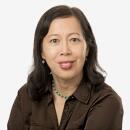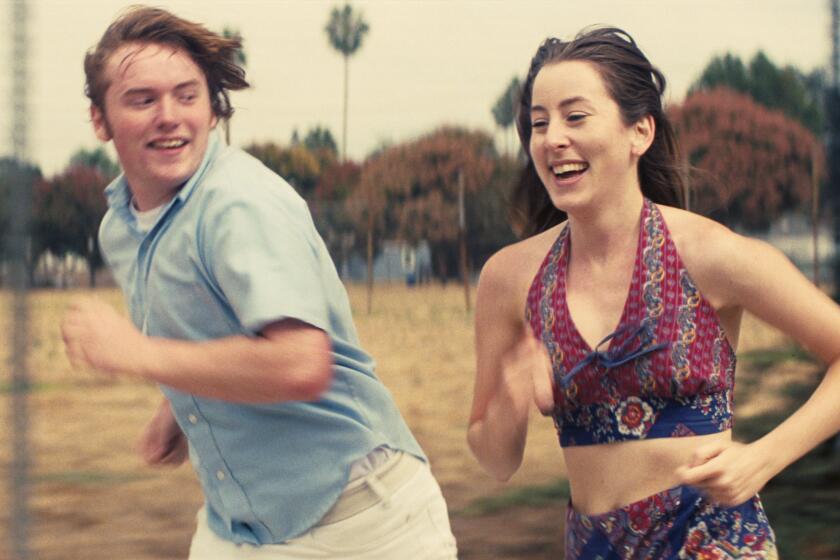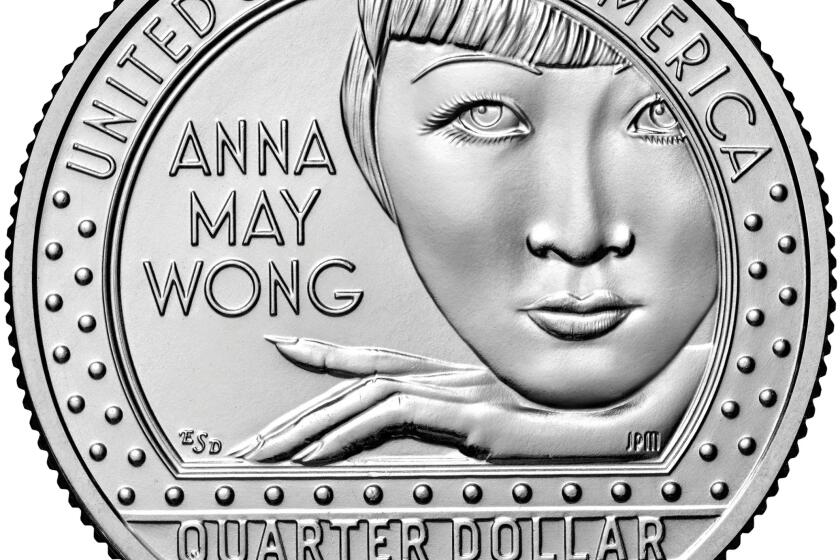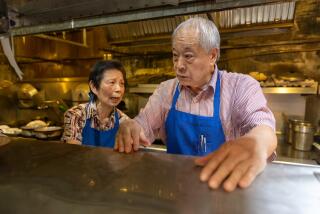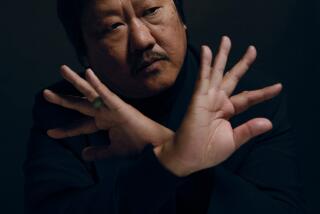As Anna May Wong quarters roll out, a younger generation reflects on the actress’ legacy
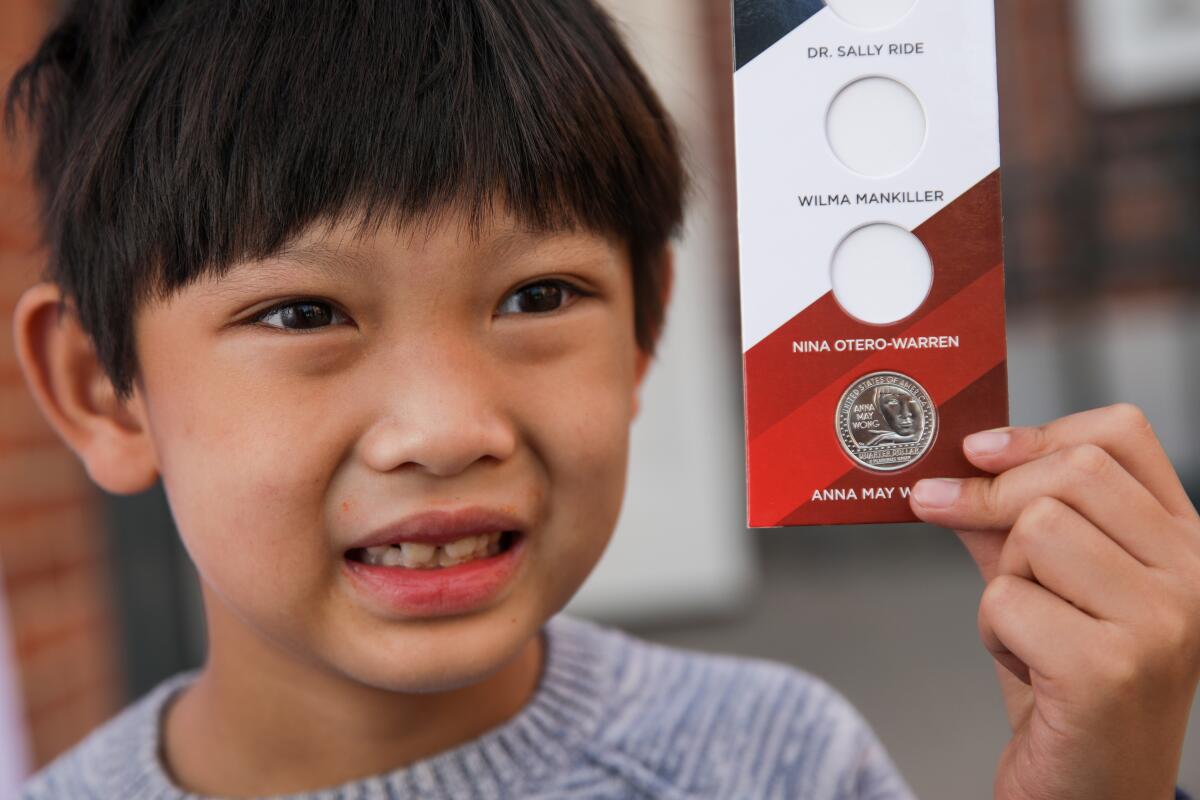
The second-graders rushed from room to room at the Chinese American Museum, making buttons, collecting stickers and seeking clues to trivia questions about a long-ago acting legend, Anna May Wong.
Everyone who finished the scavenger hunt would get a prize — a freshly minted quarter bearing an image of Wong, who recently became the first Asian American woman to grace U.S. currency.
For these children, it’s hard to imagine a time when Wong, then the country’s most celebrated Asian American actress, was mostly relegated to playing villains or housemaids.
Perhaps when they are older, they will reflect on the glimpse of history they witnessed at the museum — and realize how far this country has come, even as it has further to go.
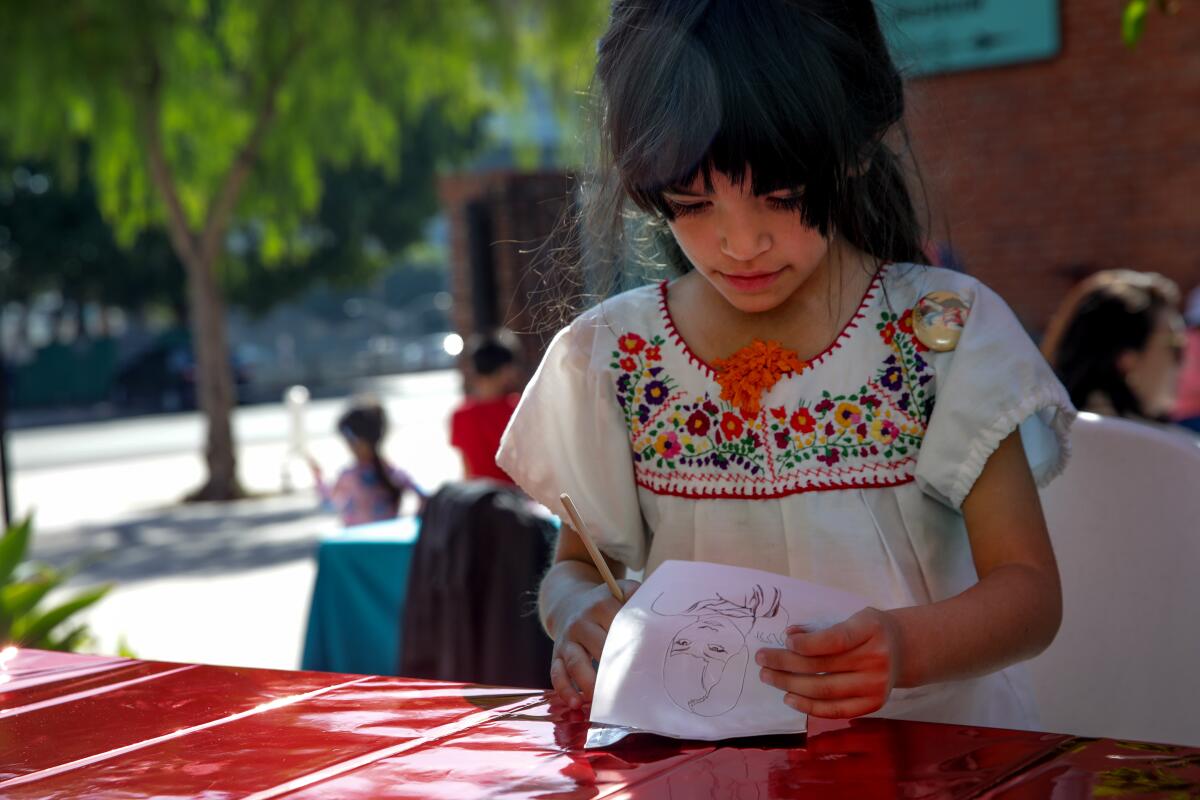
Asian Americans have gained ground on screen, from “Fresh Off the Boat” to “Crazy Rich Asians” and “Everything Everywhere All At Once.”
About 6% of lead actress roles in films in 2020 went to Asian Americans, who are about 6% of the U.S. population, according to UCLA’s Hollywood Diversity Report. But concerns about Asian representation and racist portrayals of Asian characters remain.
The debate over ‘Licorice Pizza’ has reignited criticism of Hollywood representation at a time of heightened anti-Asian violence.
The quarters the children took home this month could be in circulation for 30 years, with about 500 million eventually produced, said John Chu, branch chief of digital media and education outreach for the U.S. Mint.
Sofia Cabrera, one of the student visitors at the Chinese American Museum in downtown Los Angeles, said the quarter was “special.” But her greater concern was what it could buy.
“I’m saving everything for a big, big toy,” she said.
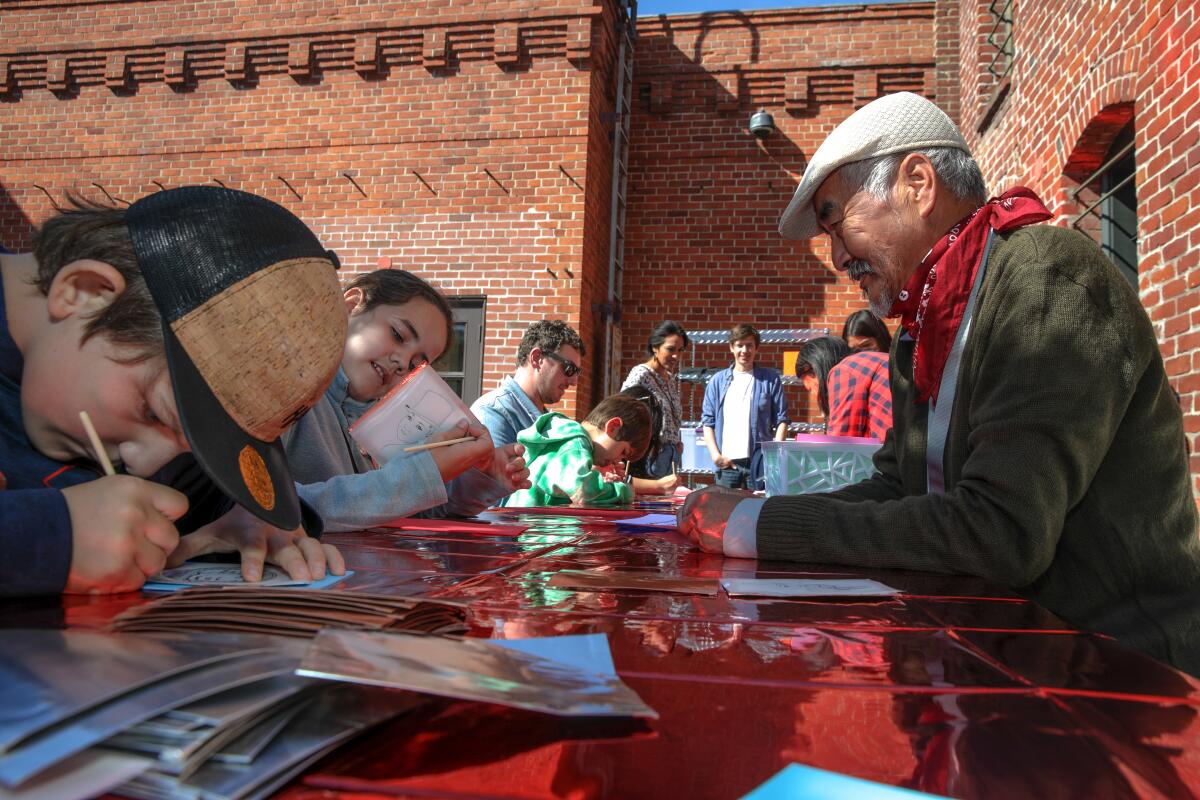
Faye Yuen, an electrical engineer from Los Angeles, looked on as daughters Kaylee, 7, and Alyssa, 6, waited in line to see some Anna May Wong buttons being made.
“What’s neat is simple things like this teach them about their heritage,” she said. “And I like that the coin is small enough that they can take it with them.”
Wong is “definitely in the zeitgeist right now,” said Theo Gonzalves, a curator at the Smithsonian’s National Museum of American History. The Smithsonian American Women’s History Initiative partnered with the Chinese American Museum to educate the public about the quarter. “It’s wonderful to see how relevant her life was then and today. Arriving at this moment — that’s progress.”
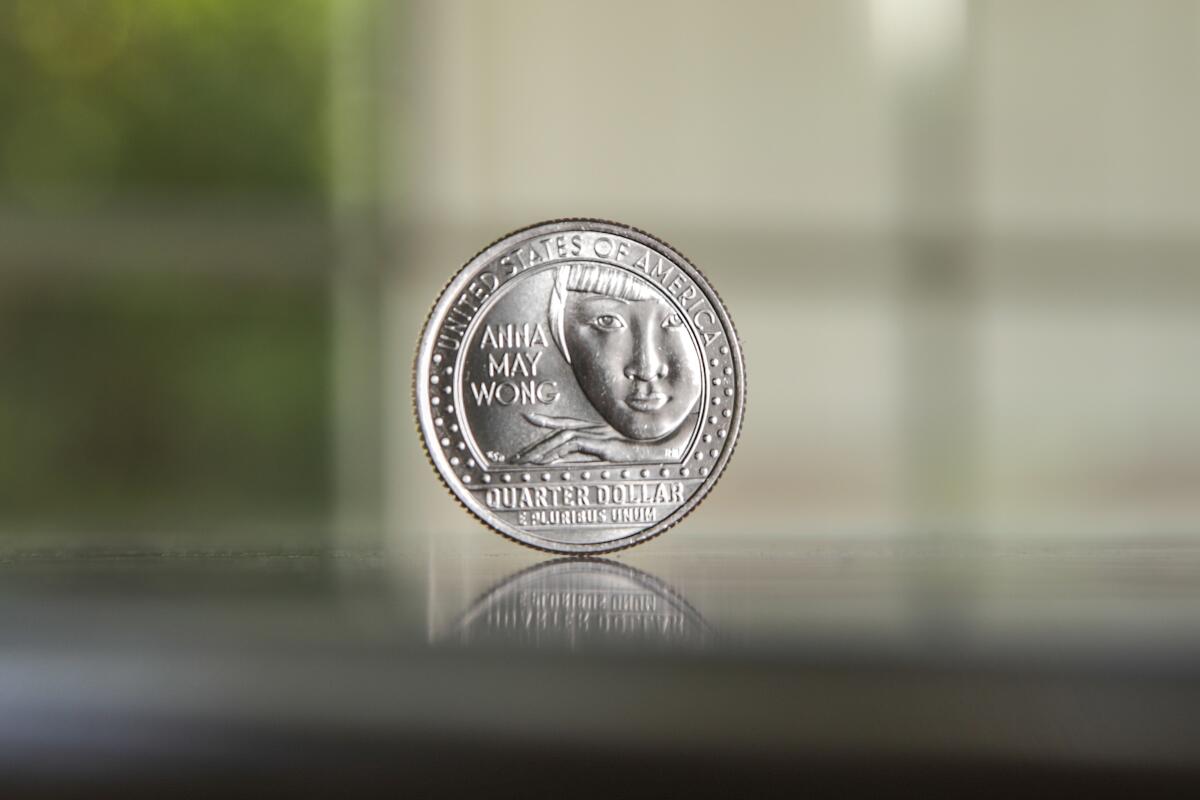
The Wong coins, which Chu said have been in circulation since Oct. 24, are the latest installment in the U.S. Mint’s American Women Quarters program, which is also honoring poet and writer Maya Angelou, astronaut Sally Ride, Native American leader Wilma Mankiller and women’s suffrage activist Nina Otero-Warren.
Anna May Wong, who faced discrimination and stereotyping throughout her acting career, will be the fifth woman featured on the U.S. quarter this year.
“There are so many incredible women to honor — just to narrow that down is so hard,” said Jennifer Herrera, vice president of external affairs for the National Women’s History Museum who helped U.S. Mint officials with the selection process. “We want to make sure the diversity of the program represents the beautiful diversity of our country.”
At the museum celebration, Lucy Tran, a medical assistant from Anaheim, viewed the new quarter as “an uplift.”
“With K-pop and Asian Americans more visible in the mainstream, it’s really elevating our cultures,” she said. “We’ve been going through COVID and all of the hate rising from the virus. But this can convince people to embrace us more.”
Tran’s husband, Neal Petzold, wanted to learn more about Wong.
“To think of what she accomplished in those early days, and the barriers she had to jump through — how amazing,” he said.
Wong Liu Tsong, known professionally as Anna May Wong, is considered the first Asian American star in Hollywood.
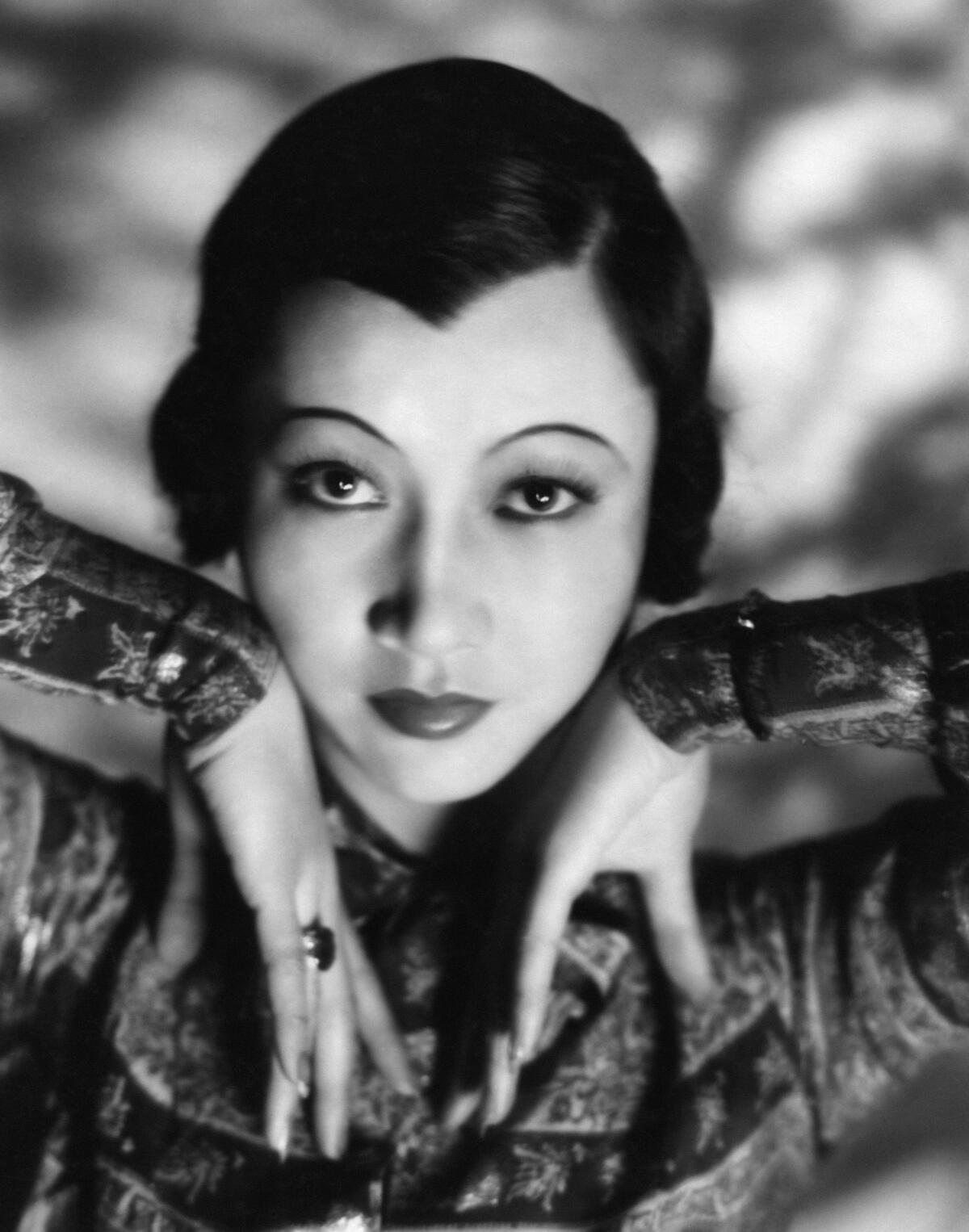
Born in Los Angeles to second-generation Taishanese parents who ran a laundromat, she fell in love with acting at an early age.
In 1919, at age 14, she made her debut in “The Red Lantern” — the first of many small roles until she starred as a Chinese woman who saves an American seaman in the 1922 film “The Toll of the Sea.”
Her career spanned motion pictures, television and theater. She appeared in more than 60 movies, including one of the first in Technicolor. Yet the discrimination was pervasive.
In 1935, she was passed over, in favor of a white actress, for the role of the Chinese peasant O-Lan in the film adaptation of “The Good Earth.”
Like some Black jazz musicians of the era, Wong found better opportunities in Europe. She acted in English, French and German films, as well as in productions on the London stage.
Back in the U.S., she won acclaim in 1951 as the first Asian American lead actor in a TV show, playing a Chinese gallery owner searching for treasured art objects in “The Gallery of Madame Liu-Tsong.”
On Nov. 4, the night before the scavenger hunt at the museum, hundreds of Anna May Wong fans gathered for a screening at Paramount Pictures in Hollywood.
They watched — or rewatched — “The Shanghai Express,” a saga of train passengers held hostage during the Chinese Civil War, starring Wong and Marlene Dietrich. On the set, the two stars, who both played prostitutes in the film, cemented their friendship.
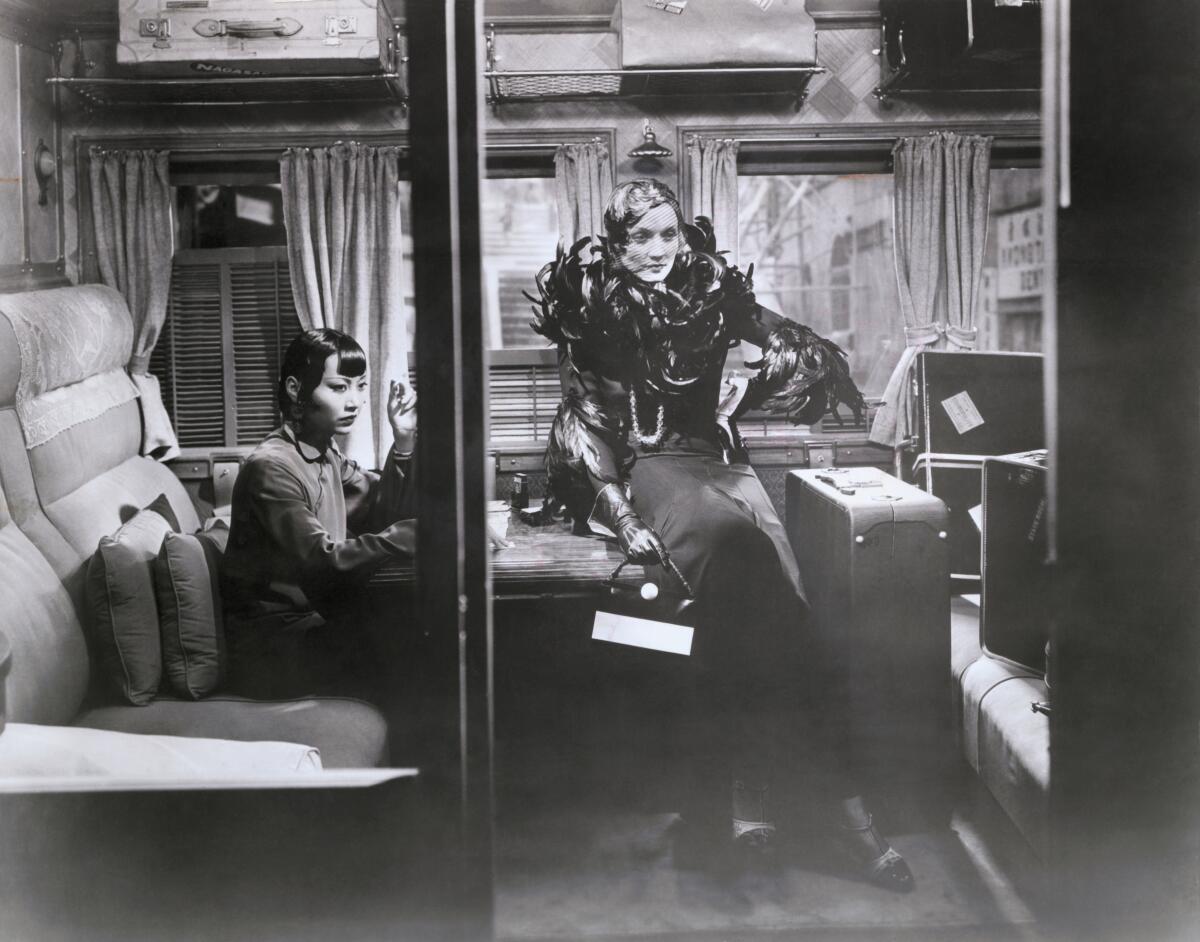
Wong’s niece and namesake, Anna Wong, addressed the audience after the screening.
“Finally, they know her,” she told The Times earlier, following her aunt’s selection for the quarter.
When the younger Wong was a girl, her father told stories about his older sister. During his UCLA years, he lived at Moongate, his sister’s San Vicente Boulevard home, which was shielded behind traditional Chinese gates.
Wong described her aunt, who was named the best-dressed woman in the world by the Mayfair Mannequin Society of New York in 1934, as a “delightful being with a sparkling sense of humor as well as a fascination for fashion.”
Anna May Wong died of a heart attack in 1961 at age 56, before her niece was born. She never married and had no children.
“My aunt would have been 117 this year. And it’s taken this long to get here,” Anna Wong said. “When you think of Lucy Liu, Gemma Chan, Awkwafina — those actors are part of her legacy.”
More to Read
Sign up for Essential California
The most important California stories and recommendations in your inbox every morning.
You may occasionally receive promotional content from the Los Angeles Times.
